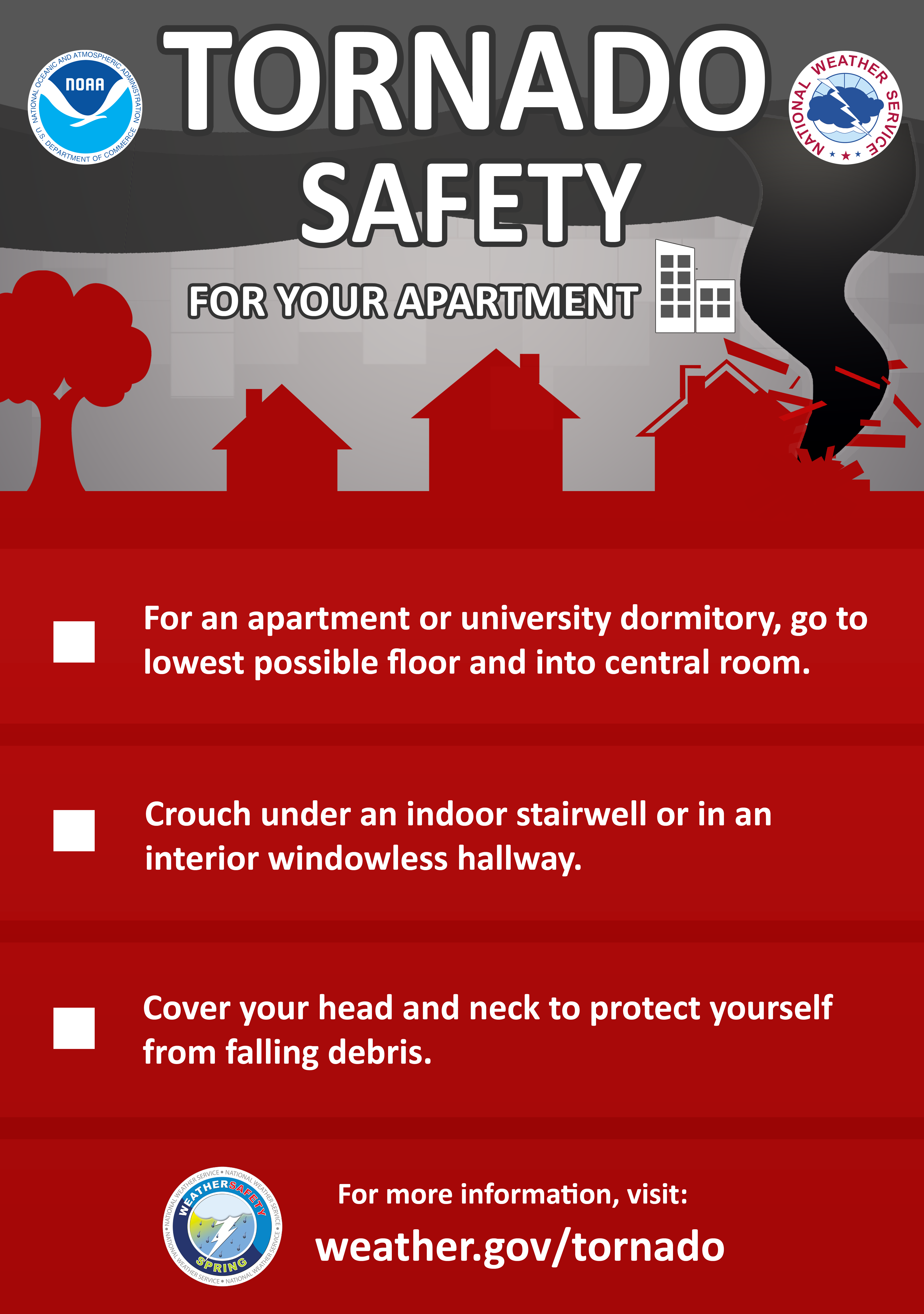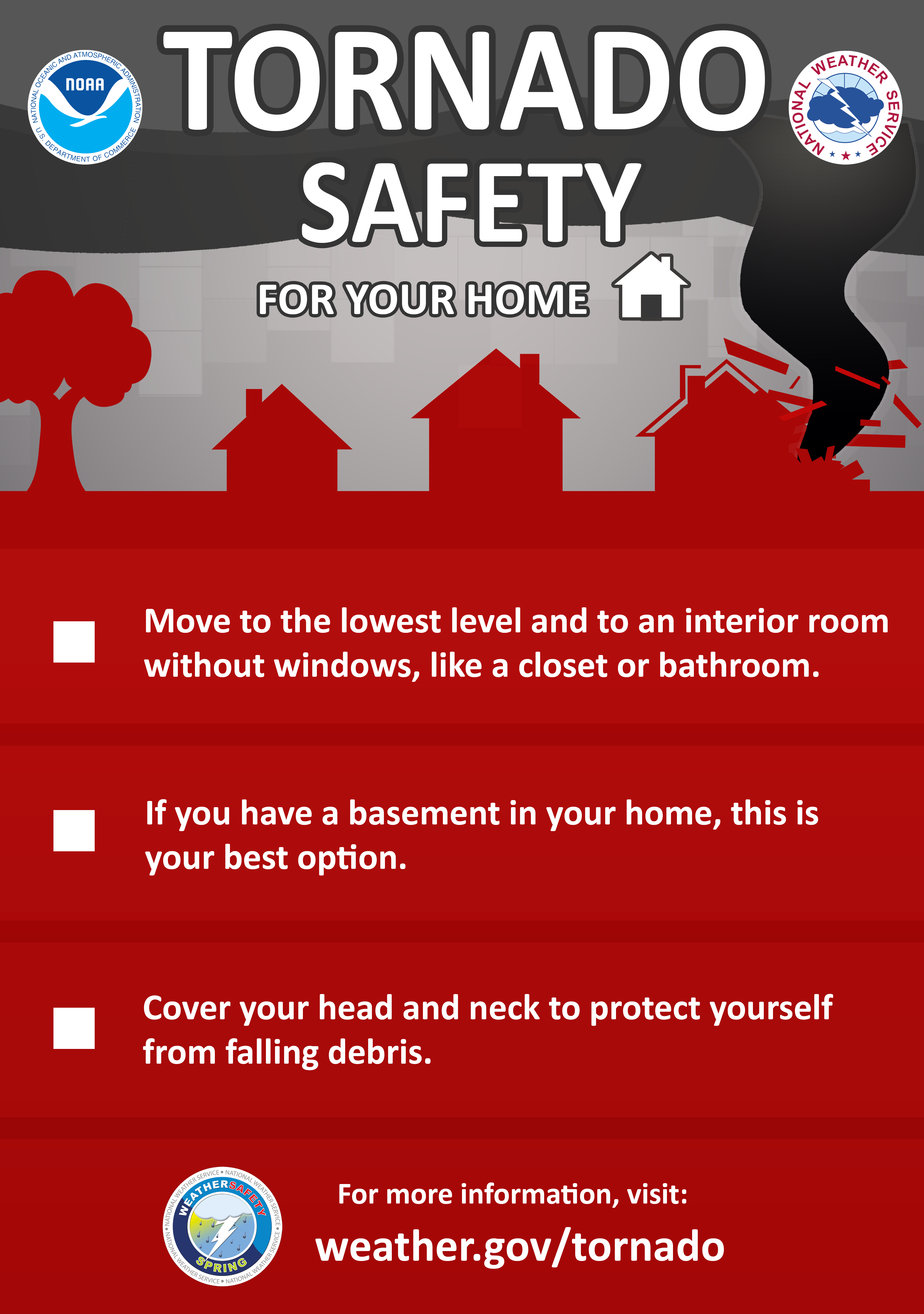Severe Weather Awareness Week (Alabama)
February 17-22, 2019
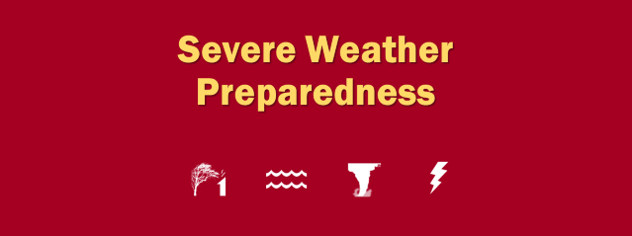
Governor Kay Ivey has declared February 17th-22nd, 2019, as Severe Weather Awareness Week in Alabama. The National Weather Service, the Alabama Emergency Management Agency, and other supporting organizations ask for your help in providing the public with information about severe weather safety. Advance planning and increased awareness will help residents of Alabama survive these deadly storms.
Last year, 46 tornadoes touched down across Alabama. Thankfully, no lives were lost, but they did result in almost a dozen injuries. For more information regarding 2018 tornado statistics, please see this press release, which is a summary of the 2018 tornado season for the state of Alabama from our neighboring office in Birmingham.
|
There are many aspects to being prepared for severe weather, but first and foremost, KNOW WHERE YOU LIVE!! No matter what you have in your severe weather plan, it will never be complete until you can pinpoint your location on a map. Take a few moments NOW to learn some local geography so you can be more prepared when severe weather strikes. Don't just stop at your home location, learn surrounding counties and communities. This extra bit of knowledge will help you determine if storms in other areas are heading your way. Knowledge is power, a power that could SAVE YOUR LIFE!! |
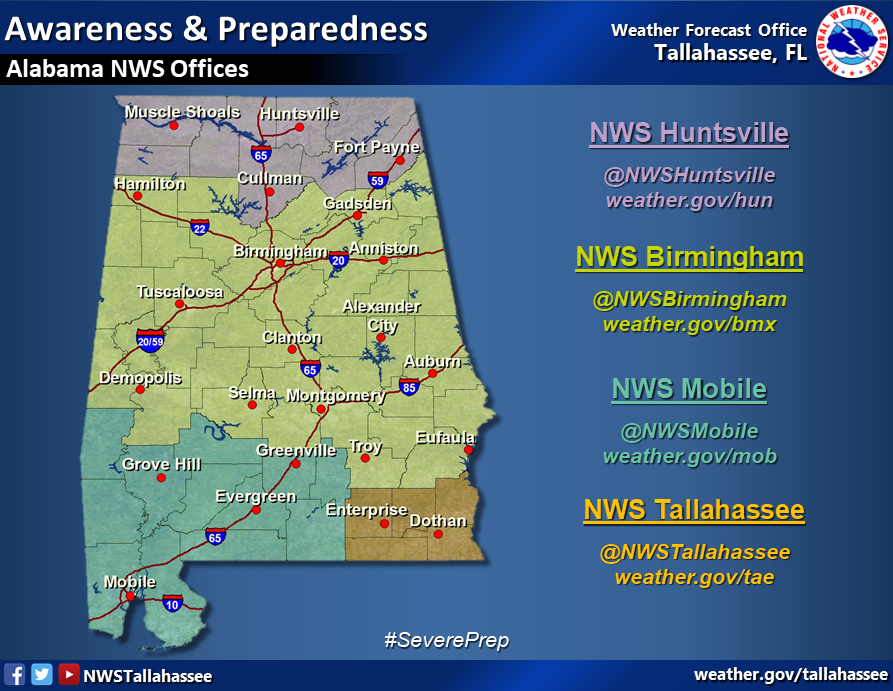 |
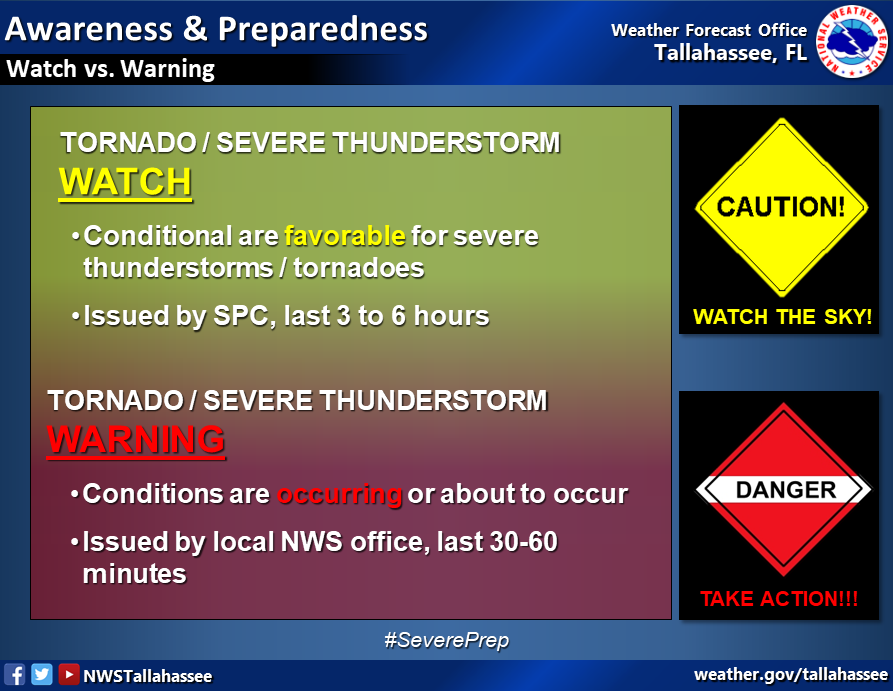 |
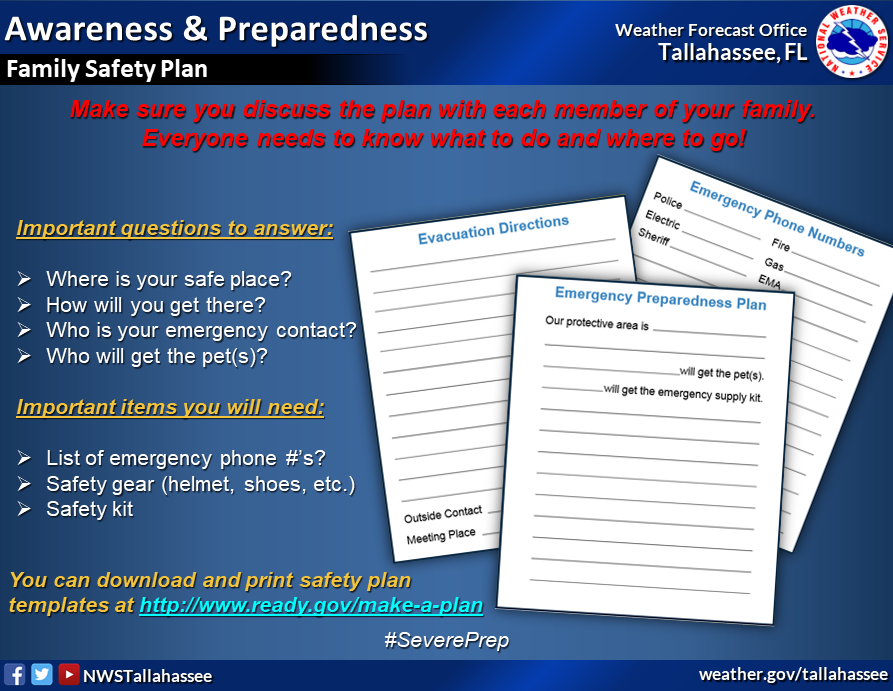 |
Here are the general topics that NWS offices across Alabama will cover each day of the week. Click on images below for a larger view.
|
Severe Weather Awareness Week Schedule |
|
Mon, Feb 18 |
Severe Thunderstorms |
|
|||
|
Tue, Feb 19 |
Flooding & Flash Flooding |
|
|||
|
Wed, Feb 20 |
Tornadoes |
|
|||
|
Thu, Feb 21 |
Lightning |
|
|||
|
Fri, Feb 22 |
Receiving Weather Alerts |
|
Thanks to our neighboring NWS office in Birmingham for the production of the graphics above.
"Tornado Safety Drill" - Wednesday, February 20
In Alabama, we do not conduct a statewide tornado drill. However, we encourage everyone to conduct their own safety drill on Wednesday, Feb 20th. This "tornado safety drill" will be accomplished in conjunction with our weekly NOAA All-Hazards Radio Test that will be run at a special time of 9:10 am central time. An actual tornado warning WILL NOT sound, but this is an excellent opportunity for schools, civic organizations and businesses around Central Alabama to practice what they would do in the event of a tornado warning.
**Please note that some NOAA Weather Radio models do not have an audible sound for the Routine Weekly Test (they only show a flashing light). If you are conducting a drill, please go ahead and conduct the drill even if your weather radio does not audibly alert.**
Alabama Sales Tax Holiday: February 22-24
At the end of the week, the state of Alabama will hold a sales tax holiday for severe weather preparedness items. Don't miss this great opportunity to purchase any items you may be missing from your emergency kit. Below is a list of tax exempt items. You can find out if your city/town is participating here.
In the south, severe weather can happen any time of year. Severe weather can be associated with an organized frontal systems, like we see late Fall to mid Spring, or with our typical summertime thunderstorms along with seabreeze. Rarely, we can get hit by a complex of severe thunderstorms that are called mesoscale convective systems.This website will provide some general preparedness information to help you prepare for various types of severe weather BEFORE it strikes.
All thunderstorms by definition produce lightning, which can be deadly. Thunderstorms can also produce damaging winds, large hail, tornadoes, or heavy rainfall which can lead to flooding.
The following sections will give you tips for what weather information you should monitor and how to prepare for potential severe weather.
Up to a week ahead time, meteorologists monitor weather model data to see if the environment will be favorable for severe weather. As an event becomes closer, there is more detailed information and certainty tends to increase. The Storm Prediction Center (SPC) produces convective outlooks highlighting areas where severe weather may be possible. For potential flooding events, the Weather Prediction Center (WPC) issues excessive rain outlooks, which are similar to SPC's convective outlooks.
The day of a potential severe weather event, the SPC may issue severe thunderstorm watches (if the main threat will be damaging winds and/or hail) or tornado watches (if the main threat will be tornadoes). These severe-thunderstorm/tornado watches can be found here. We want to remind you that watches aren't just limited to thunderstorms, we can have winter weather watches, flood watches, and many other types of watches. The thing to remember is that a watch means conditions are favorable for severe weather/flooding/or other hazards to develop. To find if any watches are active across the country, or across our local area, visit weather.gov and click on your location in the country to be taken to that office.
If National Weather Service (NWS) meteorologists monitoring the radar detect that a storm is capable of producing damaging winds, large hail, tornadoes, or flooding, they will issue an appropriate warning. A warning means severe weather or flooding is occurring or is imminent. Like watches, warnings can be issued for all different types of weather hazards; winter weather, flooding, wind, etc...
If you have a smartphone, you most likely receive Wireless Emergency Alerts (WEAs). These are FREE text-like messages that alert you to emergency situations. WEA messages from the NWS include tornado warnings, hurricane warnings, extreme wind warnings, and flash flood warnings. If you have these messages and enabled and are near a cell tower covering a warned area, you will automatically receive a notification.
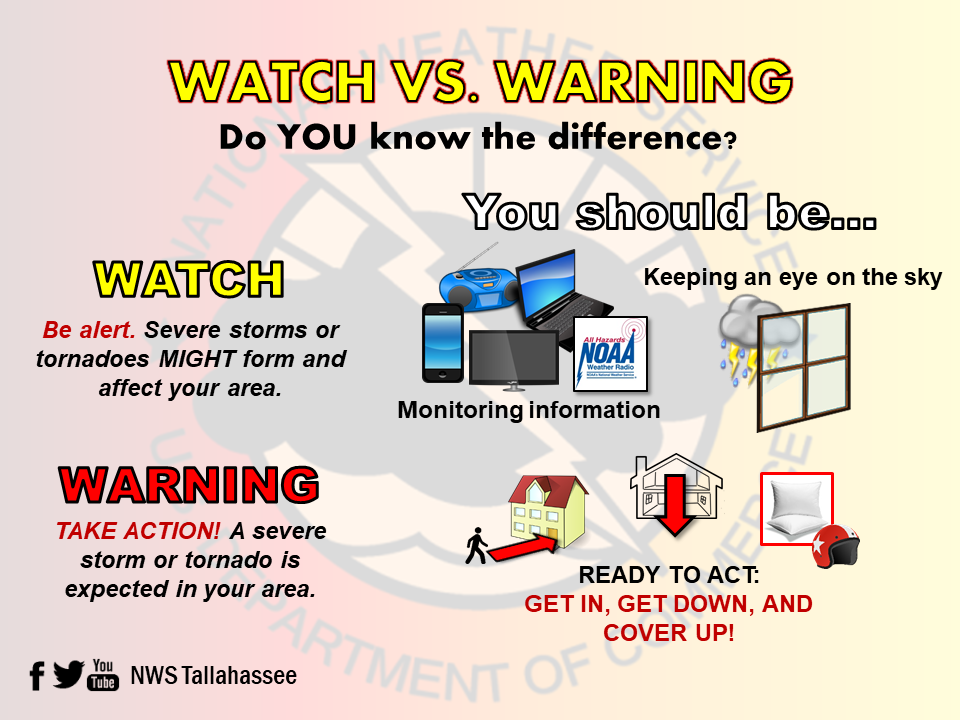
A good severe weather safety plan includes 3 basic elements:
Your kit should include food, water, and medications for every member of your family (including your pets) for a week. We also suggest your kit includes a battery powered weather radio, flashlights, a portable cell phone charger/battery pack, and a first aid kit.
For more ideas on what to include in your kit, visit ready.gov.
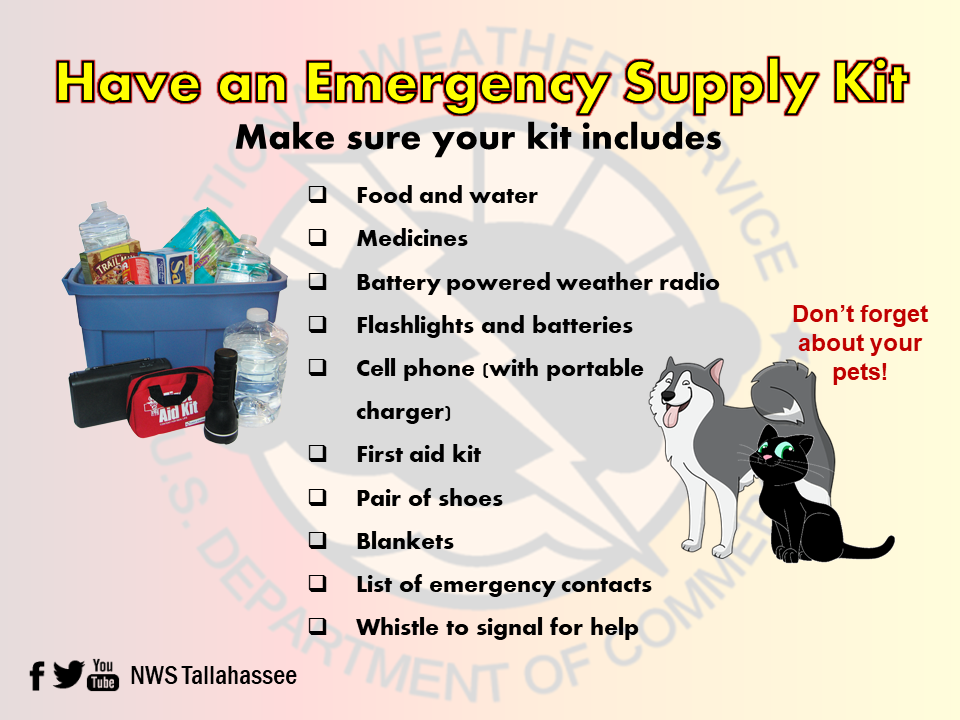
If you see lightning or hear thunder, go indoors. If you are in a car with a solid roof and the windows up, you will also be protected from lightning.
In addition to remaining inside during any thunderstorm, you'll want to move away from windows during a severe thunderstorm (winds of 58+ MPH or hail 1" in diameter).
In addition to being inside and in an interior room, away from doors and windows, you'll also want to stay on the lowest floor (or basement if you have one!) during a tornado warning.
